Land banks’ adaptability yields results for communities tackling vacant and problem properties, according to report
Posted by Lake Superior Community Partnership on November 19, 2014
Marquette County Land Bank Authority featured as one of seven portraits
WASHINGTON, D.C. – An estimated 120 land banks exist in the United States, and their ability to adapt to local conditions and needs is helping communities, large and small, address the negative impacts of vacant, abandoned, and tax-delinquent properties, according to Take it to the Bank: How Land Banks Are Strengthening America’s Neighborhoods, a new report from the Center for Community Progress. (Download the report)
While the report studies 67 land banks in total, the Marquette County Land Bank is one of only seven land banks featured in an in-depth portrait.
“What we found confirms that land banks are not one-size-fits-all,” said Kim Graziani, vice president and director of national technical assistance at the Center for Community Progress, who oversaw the research.
The report finds that local factors, such as the scale of vacancy and abandonment, influence nearly all aspects of a land bank’s operations. Land banks vary in staff size and structure, the number of properties each takes on (ranging from a handful to tens of thousands), and the strategies for maintaining those properties and returning them to productive use.
In Marquette County, for example, the Land Bank Authority is quite strategic with how many properties it acquires each year based on budgetary and staffing limitations.
While land banks have existed for more than forty years, they have rapidly grown in number since the Great Recession, with at least half of all existing land banks established in 2008 or later.
The report also draws on research to clarify what characterizes effective land banking.
“Land banks are created to benefit communities, and we found that a land bank does that most effectively when, first and foremost, it’s working with a diverse network of partners in support of the community’s goals,” explained Graziani. “That could mean basing its work on an existing land use plan, developed with resident input, or on another articulated community vision, but it almost always means that a land bank is responsive and accountable to the community it serves.”
The Marquette County Land Bank has worked extensively with local units of government within the county to determine the best candidates for acquisition and the appropriate end-use for the parcels it sells.
Other signs of effective land banking include transparency, in terms of policies, financials, and operations, as well as strategic links to the tax foreclosure process. Tax-foreclosed properties are considered an important source of land bank property acquisitions.
Even the most effective land bank, however, will still require some level of public funding, the report argues, because land banks take on properties with costly liabilities like delinquent taxes, unclear title, code violations, and severe disrepair, generally in neighborhoods with little to no responsible market activity.
The Marquette County Land Bank has kept its overhead and administrative costs low over the years in an effort to place all available resources back into the community. It relies on support from the County Treasurer, County Planning staff and grant funds to accomplish most of its goals.
The report also cautions that a land bank is not a “silver bullet.” To be successful, a land bank’s work must be connected with the community’s other ongoing efforts to prevent the cycle of blight, such as code enforcement, delinquent property tax enforcement, and community planning and development.
Take it to the Bank: How Land Banks Are Strengthening America’s Neighborhoods is based on research of 67 land banks, conducted from 2013 to 2014. It includes a national scan of land banking in the United States and seven in-depth portraits of the following land banks:
- Genesee County Land Bank Authority (Michigan)
- Cuyahoga County Land Reutilization Corporation (Ohio)
- Greater Syracuse Land Bank (New York)
- Fulton County/City of Atlanta Land Bank Authority (Georgia)
- Macon-Bibb County Land Bank Authority (Georgia)
- Marquette County Land Bank Authority (Michigan)
- Chautauqua County Land Bank Authority (New York)
“Take it to the Bank: How Land Banks Are Strengthening America’s Neighborhoods is a deep look at land banking in the U.S. in 2014,” said Tamar Shapiro, president and CEO of the Center for Community Progress. “It showcases what’s happening, and what works, at a critical time: the number of land banks is increasing quickly, and their leaders are feeling the pressure to deliver results for communities still struggling in the wake of the Great Recession.”
Land banks, as defined in the report, are governmental entities or nonprofit corporations that take on vacant, abandoned, and other problem properties with the intention of either immediately returning those properties to productive use, or temporarily holding and maintaining the properties to stabilize distressed markets or fulfill long-term community goals.
Most land banks are created through state legislation, which typically equips land banks with special powers, such as the abilities to extinguish back property taxes and hold land tax-free. Those powers give land banks a one-of-a-kind ability to free problem properties from a state of limbo so they can be returned to productive use.
About the Center for Community Progress
Founded in 2010, the Center for Community Progress is the only national 501(c)3 nonprofit organization solely dedicated to building a future in which entrenched, systemic blight no longer exists in American communities. As a national leader on solutions for blight and vacancy, Community Progress serves as the leading resource for local, state and federal policies and best practices that address the full cycle of property revitalization, from blight prevention, through the acquisition and maintenance of problem properties, to their productive reuse. More information is available at www.communityprogress.net.

